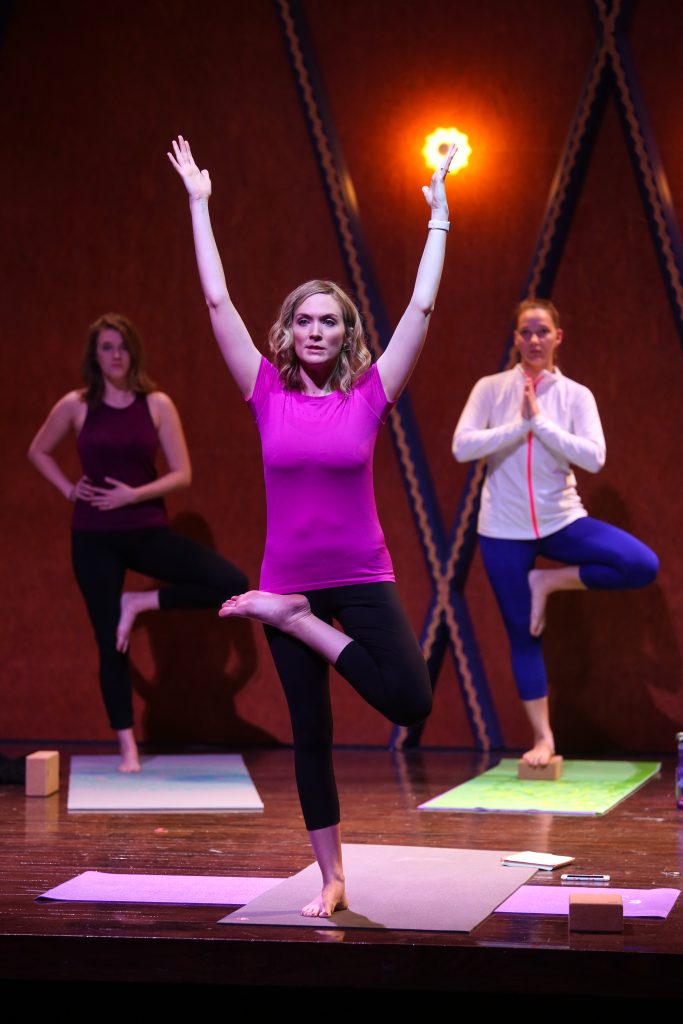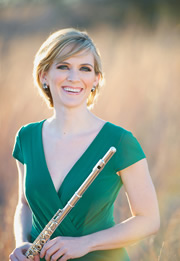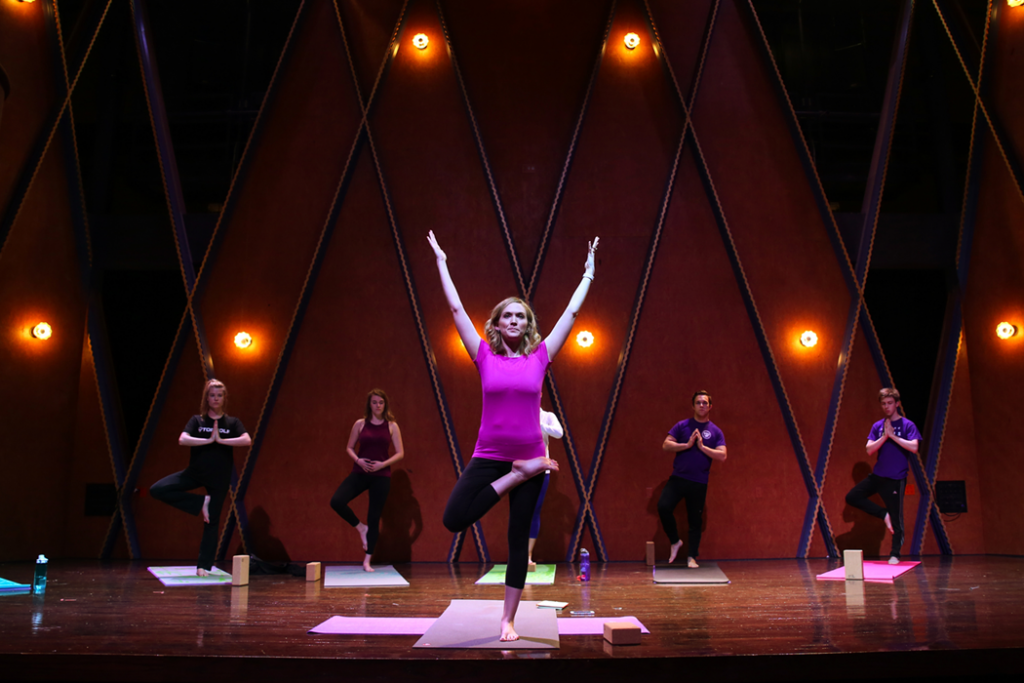By Kristen Queen
We’ve all been there. It’s hour two in a practice session, and there’s plenty left to work through. For a brief moment, your thoughts move from the music you’re making with your instrument to your shoulders. They’re stiff and aching. But rather than deal with that discomfort, you decide to push through. No pain, no gain, right?
As you continue to practice, you notice other places — fingers, wrists, arms, neck, and lower back. But there’s no time and seemingly no way to deal with these pesky aches and pains. It’s all just part of being a musician, you tell yourself, but in the back of your mind, there’s a tiny voice that wonders what might happen if these aches and pains don’t go away.
As musicians, we’re highly susceptible to repetitive strain or overuse injuries, especially when we’re on tour getting very little sleep. We use the same muscles and joints in the exact same ways for hours, days, and years. Over time, this repetition can trigger everything from intermittent pains to career-ending injuries.
We all know musician friends and colleagues who suffer from carpal tunnel syndrome, tendonitis, bursitis, lumbago, or generalized lower back pain. Unfortunately, we often treat these serious conditions as if they’re just part of the job. But do they have to be? What if there were a way to decrease the occurrence of these diagnoses? What if musician mindfulness and wellness were an integral part of our practice and performance?
It’s with this question in mind that I created the “Yoga for Musicians” course at TCU in Fort Worth, TX. I openly challenge the widely held “no pain, no gain” mentality that a lot of musicians have unfortunately adopted and am looking to help remedy the disconnectedness we often feel from our bodies when we practice, perform, and teach music. With just a little bit of instruction, you can learn some easy poses to help avoid the aches and pains common to many working musicians like yourself!
In almost every class I teach, you’ll find the following foundational poses, which have many physical benefits for musicians. They’re a great place to start your journey with yoga!
+ Read more on Flypaper: “Why Singing Is Just as Psychological as It Is Physical”
Warrior II
The Warrior II pose focuses on building lower body strength. When our lower bodies are stronger and our awareness shifts to our connection with the floor, we feel confident and minimize our negative “mental chatter.” Many musicians who feel nervous or suffer from performance fear and anxiety can benefit from this pose through an increase in focus, strength, and calm.
Other physical benefits include strengthening larger muscles in the legs, such as the hamstrings, quadriceps, and hip abductors. We’re also stretching through our hip flexors and adductors, common places of stiffness in musicians who are seated for long periods of time.
Tree

Much like in Warrior II, we emphasize the mind and body connection in this pose. However, the Tree pose expects greater focus through balancing on one leg. Through this pose, we’re connecting to a visual focal point while strengthening the larger muscles in the body, such as abdominal and leg muscles.
Many musicians enjoy this pose because it also encourages good posture — from the top of the head to the tip of the standing leg’s big toe. Our lives as musicians are busy or “windy.” This allows us to slow down, focus on our breathing, and feel stable no matter what life brings.
+ Learn more on Soundfly: For more tips and strategies that can help you become a better performing musician, check out our free, in-depth course, Touring on a Shoestring.
Cat/Cow

Perhaps the most common physical complaint among musicians is that of back pain. These two poses, Cat and Cow, which are usually linked together in succession, allow us to flex and lengthen the entire spine. If we find that we practice in one position for long periods of time, our spines will need to release that tension.
Throughout both poses, we want to be sure to support our spinal movement with engaged abdominal muscles. This allows our spines to move safely and feel supported, rather than relying on our overused spinal muscles to assist with this process. Musicians with wrist sensitivities or fears of injuring this part of their body should choose to make fists with their hands rather than placing the palms flat to the mat or floor.
+ Read more on Flypaper: “Sara Auster on the Healing Power of Sound”
—
The benefits of yoga are more than merely physical. Practicing yoga provides one with an environment of inclusivity and togetherness. I’ve always been a firm believer that we are stronger when we work together, especially as musicians. Rather than working against one another or worrying about how we rank compared to our peers, in my course, we shift our mindset to “we’re all in this together.”
For that reason, I’m just as much a participant as the students in my class, focusing on “we” and “us” rather than “you” and “I.” I like the idea of creating a space that allows musicians to take a break from the pressures of the profession, and just focus on improving their bodies, minds, and spirits.
While it’s true that everyone can benefit from yoga, I think practicing musicians stand to gain specific outcomes from yoga. These outcomes — often referred to within the yoga world as “intentions” — include improvement to your focus, your physical health and awareness, and your mental health and confidence, as well as letting go of negative feelings of competition and judgment.
To tackle challenges associated with performance anxiety, my class meets onstage in the campus recital hall. So, the morning before a student might have a competition or concert, they’ve already taken part in a few rounds of Cat/Cow and Warrior II poses in that same space.
Psychologists call this “flooding,” or “exposure therapy,” where safe, controlled exposure to the thing that triggers fear can ultimately help reduce those negative responses. My students frequently notice a major reduction of their performance anxiety. As one percussionist told me after her recital, “I’ll never look at that stage and playing in this recital hall the same way that I have before!” I would recommend this to you as well. After soundcheck and before the audience enters the space, do some simple poses and stretching on the stage itself.
If you’re heading out on the road for a long tour, be sure to keep yourself in healthy shape. It’s too easy to let sleep deprivation and bad eating habits get in the way of playing great shows, making new contacts and friends, and interacting positively with audiences. Here are a few tips on staying healthy from our free Touring on a Shoestring course.
Whether you take part in one of my classes at TCU or choose to find your closest yoga studio, I hope you’ll take some time to discover the many ways getting on your yoga mat can help you both on and off the stage!
—

Kristen Queen is assistant director for academic programs at The School of Music at Texas Christian University in Fort Worth, TX. She is an active clinician and performer on flute and a RYT-200 and YogaFit© certified instructor.





